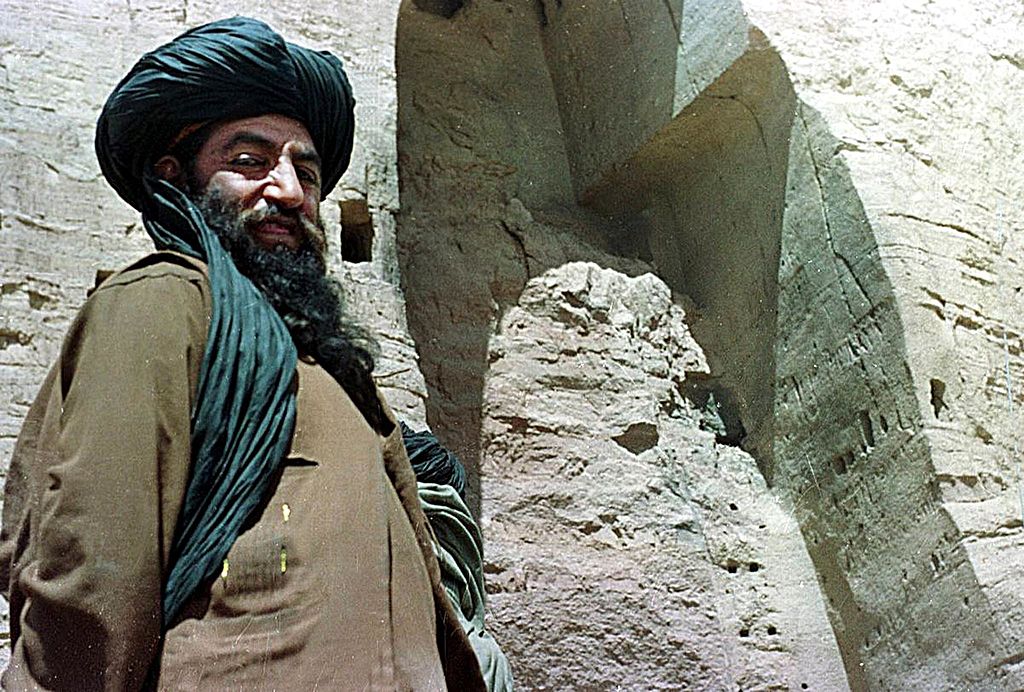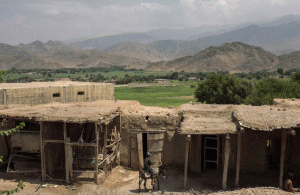When the Taliban took power in Afghanistan, they embarked on a cultural agenda that we in the West mocked. As it turns out, they appreciated sensitivities that we did not recognize at the time: about the threat that cultural history poses to the present. At a time of natural disaster and general upheaval, when out-of-touch elites prioritized cultural continuity over basic needs, Mullah Omar’s logic in 2001 was impeccable. The Bamiyan Buddhas needed to be blown up.
In our own time of crisis, as statues of Churchill, Lee, Gandhi, Queen Victoria, Columbus, and even Lincoln have been defaced by men with beards (albeit better-trimmed) it is now clear that Mullah Omar was not just a fanatic pursuing a daft fantasy of cultural purity. He was modernizing his country’s cultural inventory, a process which the West had not recognized the need for. Until now.
The Taliban worked out — in a way that the West was slow to — that public statues are not politically neutral. They are statements about who and what we honor as a society. They carry the power structures of one age into another. Every collective generation has the right to ensure their values are reflected in the statues they pass. Modernity means that the aperture narrows. Five years ago it was Rhodes must fall. Today it is Churchill must fall. It turns out there was a slippery slope — to utopia. There is a map of the statues that campaigners want torn down, in which we see such ghouls as Robert Peel (inventor of modern policing) William Gladstone (inherited slave-owning money), and Thomas Guy (investor in the South Sea Company).
[special_offer]
The Taliban banned musical instruments and dancing in the 1990s because they encouraged ‘moral corruption’. They would not have tolerated Fawlty Towers for as long as we did. And frankly, my dear, they would not have given a damn about Gone with the Wind. The Taliban drew strength from cultish beliefs taught in schools — and so, too, are we now seeing the maturing of moral system developed on campuses. The Taliban were anti-Shia, seeing their revivalist Sunnism as the only acceptable version of Islam. The statue campaigners think they are the only acceptable heirs of liberalism, even though they represent just one strand of liberalism that emerged in 1960s coastal America. Under the Taliban, anyone who did not agree with their views sacrificed their right to have a voice. Today, we ‘no-platform’.
But today’s conversation about statues is not an argument about slavery or colonialism or even minorities more generally. It is an argument about historical objects, and what you do with them as values change. Values always change, and have done so for generations. But over the years, we’ve learned that our commitment to liberalism and free speech was outmoded. We won the battle over ourselves, and learned to see that the Afghan dogmatism that we wrote off as medieval was, in fact, the future.
So if we put up new statues, we should perhaps give them a finite lifespan — preparing for the next generational conflict. That showdown will probably be about the environment. I will just remind everyone that Pope Francis, Michelle Obama, and Malala Yousafzai are not vegans.
This article was originally published onThe Spectator’s UK website.


















